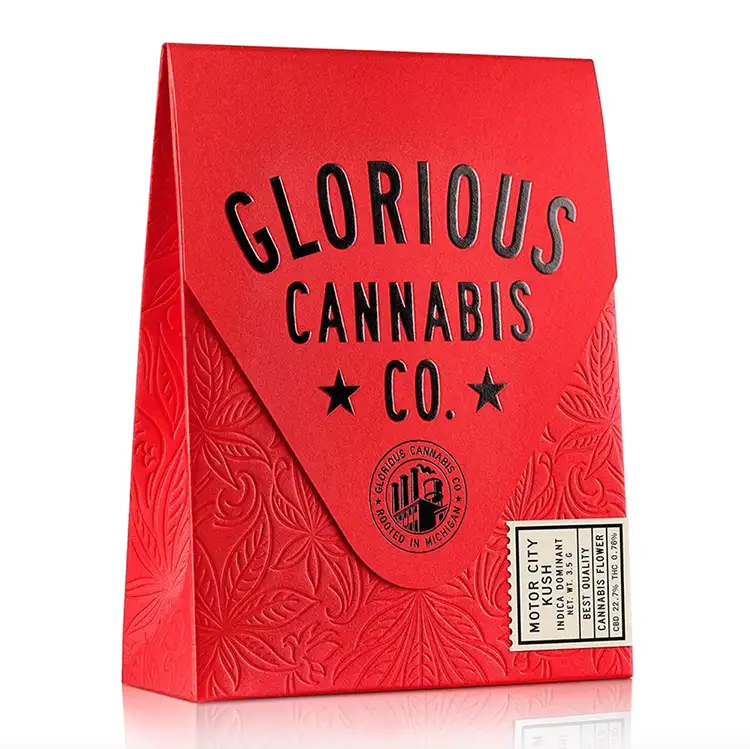
edited by Erin La Row, editor, PostPress
Neenah Paper, headquartered near Atlanta, Georgia, manufactures writing, text, cover,
packaging and specialty papers. The company has a rich history of 150 years of innovation, service and growth. Paper choice can make or break a project; today, there are more choices than ever. PostPress magazine talked to Victoria Apenteng, senior manager, marketing services at Neenah, about paper choices and marketplace trends.
What are the biggest trends driving paper decisions in today’s marketplace?
The biggest trend that has infiltrated not only paper decisions, but everyday life, is sustainability.
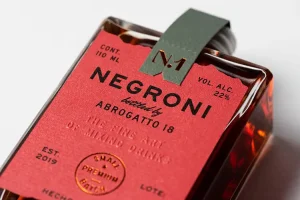 However, we don’t like to call it a trend. It’s more of a movement, and we hope it is here to stay! US paper mills have been making paper with post-consumer waste, using renewable energy and practicing conservation for over 30 years, but the popularity of recycled paper has waxed and waned over time. The current conversations around sustainability in all aspects of life have created both renewed awareness and demand for “sustainable” papers. But what exactly does that mean? For some, the biggest concern is using less virgin pulp, so they are seeking high post-consumer content. For others, using responsibly sourced fiber is critical, so third-party certifications, such as FSC®, are the priority. And for some, just simply using uncoated or “earthy” colors is enough.
However, we don’t like to call it a trend. It’s more of a movement, and we hope it is here to stay! US paper mills have been making paper with post-consumer waste, using renewable energy and practicing conservation for over 30 years, but the popularity of recycled paper has waxed and waned over time. The current conversations around sustainability in all aspects of life have created both renewed awareness and demand for “sustainable” papers. But what exactly does that mean? For some, the biggest concern is using less virgin pulp, so they are seeking high post-consumer content. For others, using responsibly sourced fiber is critical, so third-party certifications, such as FSC®, are the priority. And for some, just simply using uncoated or “earthy” colors is enough.
How do different types and colors of paper communicate to specific audiences?
Imagine the same product in two different white boxes – same graphics, but one box is coated board and the other is uncoated board. The common perception is the product in the uncoated box is better for the environment, easier to recycle and maybe even healthier. Papers that have a natural or kraft shade have the same effect. This is critical when it comes to personal care products, as consumers naturally gravitate toward what seems healthy and feels more natural.
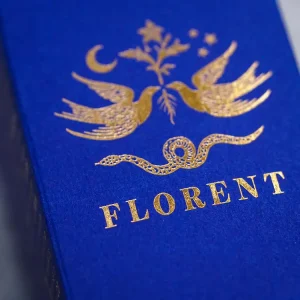 Distinctive use of color also is powerful, and using specific colored paper for direct mail or packaging is a great way to not only differentiate but also communicate subconsciously. For example, bright red packaging definitely attracts attention and also might convey a sense of energy and action – perfect for food and beverage, or maybe the cannabis market. When it comes to beauty, brands need to communicate not only beauty and elegance, but care and nurturing. Soft tones; uncoated, textured papers; and minimalistic design are trending in this vertical.
Distinctive use of color also is powerful, and using specific colored paper for direct mail or packaging is a great way to not only differentiate but also communicate subconsciously. For example, bright red packaging definitely attracts attention and also might convey a sense of energy and action – perfect for food and beverage, or maybe the cannabis market. When it comes to beauty, brands need to communicate not only beauty and elegance, but care and nurturing. Soft tones; uncoated, textured papers; and minimalistic design are trending in this vertical.
Sustainability continues to be a hot topic with brand owners and others. What can be shared about Neenah’s commitment to sustainability?
At Neenah, we strive to minimize negative environmental impacts by conserving energy and natural resources. Every product we make carefully is crafted, ensuring the highest standards and practices in pulp sourcing, energy consumption, water usage, packaging, shipping and more. Third-party certification for pulp is an increasingly important part of educating consumers about the use of trees in papermaking, certifying that paper mills and pulp suppliers are harvesting trees responsibly. Trees are one of Earth’s most renewable resources. At Neenah, we want to be as transparent as possible, educating our customers on the sustainable features of our products by including information such as post-consumer content and third-party certifications on all of our marketing materials.
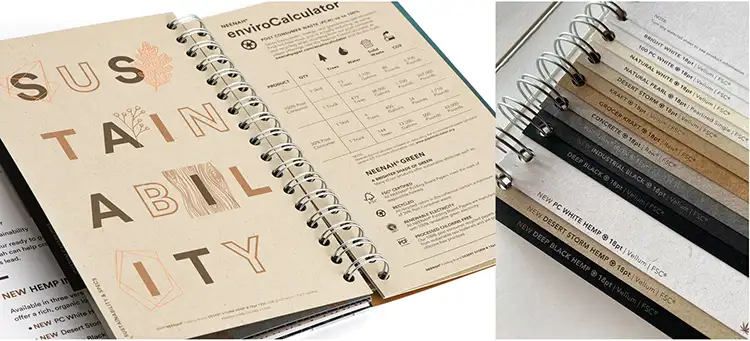
What additional considerations and trends are influencing paper
and board specifications?
Consumers have become increasingly aware of excess packaging, recyclability of materials and general environmental practices by the brands they interact with. When it comes to paper and board, this is a big driver in the minimalist trend: smaller packaging, less decoration and more papers that intrinsically feel “responsible.”
Another trend is color – using distinctive colored papers for packaging, direct mail and print communications. For example, a brand may choose a bright blue paper for its packaging, which becomes the “anchor” to the overall brand. When it comes to packaging, it is a surefire way to stand out on the shelf and build brand recognition.
What types of paper choices are being made in growing markets, such as cannabis, craft beer, wine and spirits?
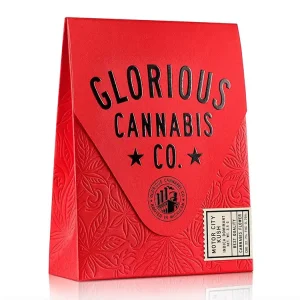
Distinctive papers! New brands trying to establish themselves are seeking something new and different. They’re looking for color, texture and anything unexpected. It’s all about standing out. The last thing they want is to blend in on the shelf.
When it comes to the beverage market, the competition is overwhelming. People naturally are attracted to a unique label, especially something that feels hand-crafted vs. mass-produced. As established brands look to grow and evolve, that might mean an updated label that subconsciously communicates sustainability or just has a different look to it! Texture is a great way to get attention.
PostPress would like to thank Neenah Paper for its assistance with this article. Learn more about Neenah Paper at www.neenahpaper.com.

